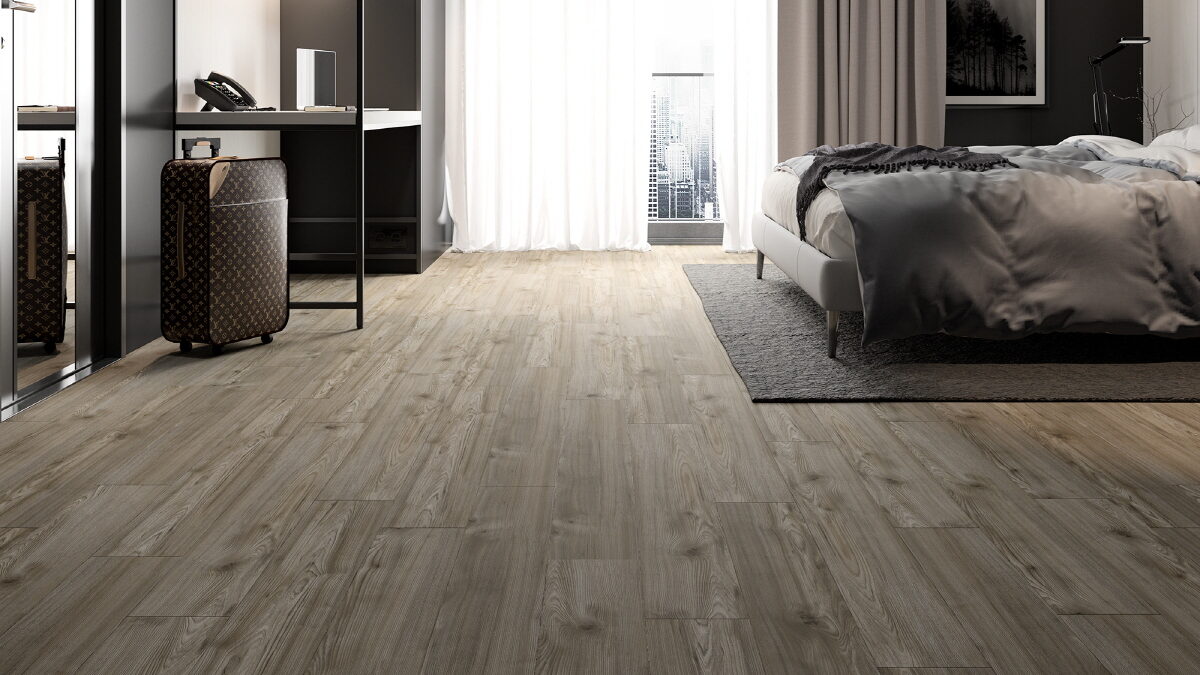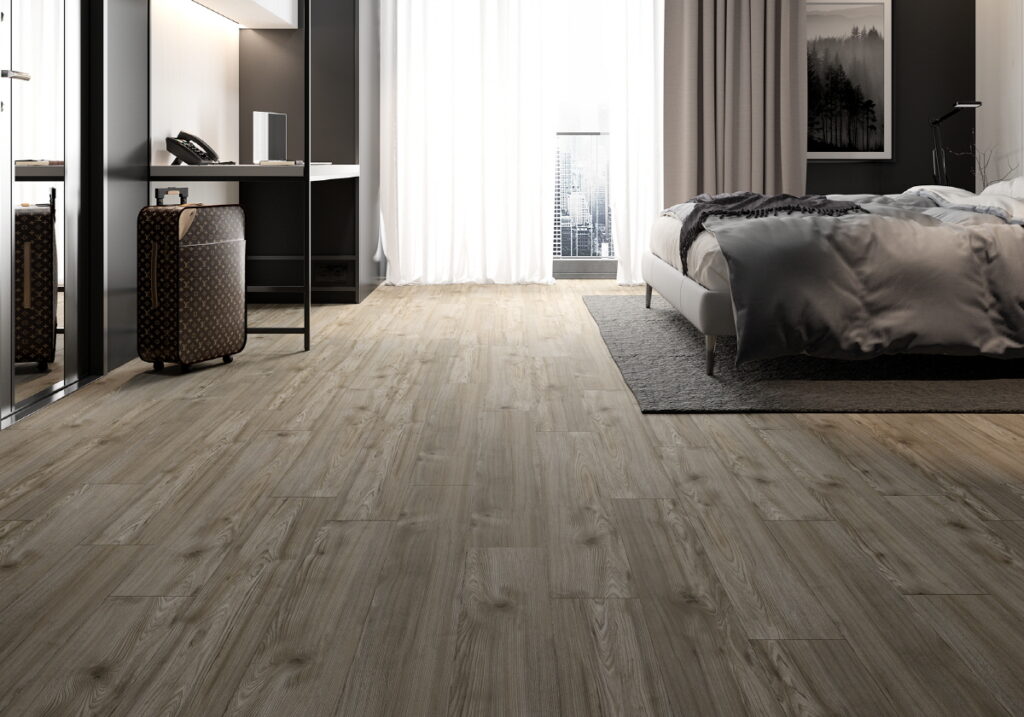
When choosing the ideal flooring for your home or business, numerous options are available, including vinyl and laminate flooring. Both types of flooring are affordable and low-maintenance alternatives to traditional hardwood and stone materials. However, vinyl and laminate have different characteristics and features. In this blog, we’ll explore the differences between vinyl and laminate flooring to help you decide which is best.
Vinyl Flooring vs. Laminate flooring, Main differences
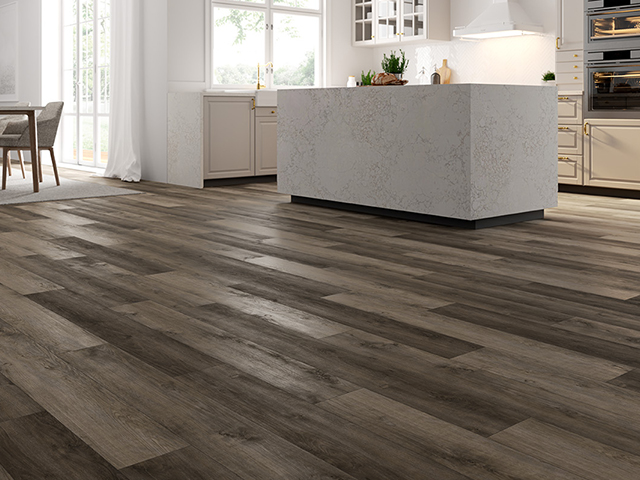
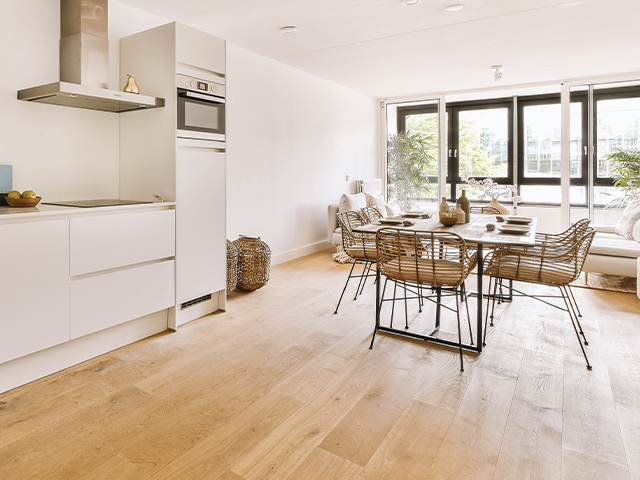
Many people think vinyl and laminate flooring are the same. That may have been true years ago, but with new materials and manufacturing techniques, there are now distinctive differences in moisture resistance, durability, and maintenance. Let’s look at vinyl and laminate and compare each of their characteristics so you can decide which is better for your home.
Vinyl Flooring
Vinyl flooring is made up of up to four layers of materials, with 100% polymers and no organic content. The bottom layer—called the backing—is usually made of foam or cork and acts as the underlayment so that no other material is required prior to laying the actual vinyl flooring. This cork or foam layer also provides a cushion to make the floor more comfortable and is a sound barrier to reduce noise. Vinyl’s top layer is transparent, covering the image layer below it. The middle s made of a thick plastic core, which forms the majority of the flooring.
Laminate Flooring
Laminate flooring is made of high-density wood fiberboard. It’s intended to be affordable and durable and consists of up to five layers sealed together during the lamination process. Its second—or décor layer—includes a printed image that imitates the look of more expensive flooring, like stone, tile, or wood. A clear wear layer covers this layer to protect the printed image. A thin, impact-resistant third layer covers the high-density fiberboard, making up the product’s bulk. The bottom layer is either a soft foam or paper.
Which is better, Vinyl or Laminate?
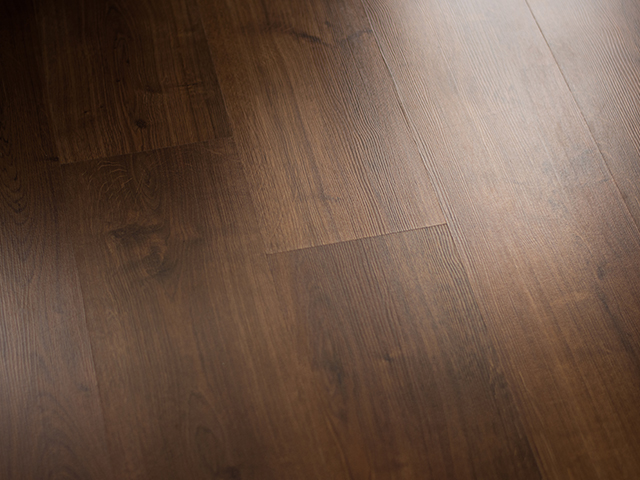
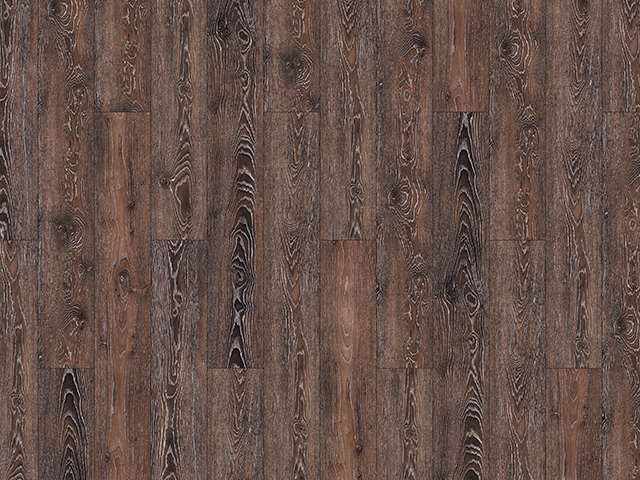
The main difference between vinyl and laminate flooring is the materials used to manufacture them, as noted above. Laminate flooring consists of multiple layers laminated together with a wood fiberboard core. Vinyl flooring, which also features several layers, is only made of synthetic materials.
Appearance
In terms of design and appearance, laminate and vinyl are somewhat even. Laminate takes a slight lead due to its high-definition photographic layer, which can create the look of natural stone or wood. Many different colors and styles of stone and wood can be found in laminate flooring. Vinyl also has an image layer, but the resolution isn’t very high, so the look is often less authentic.
Cost
Water and Heat Resistance
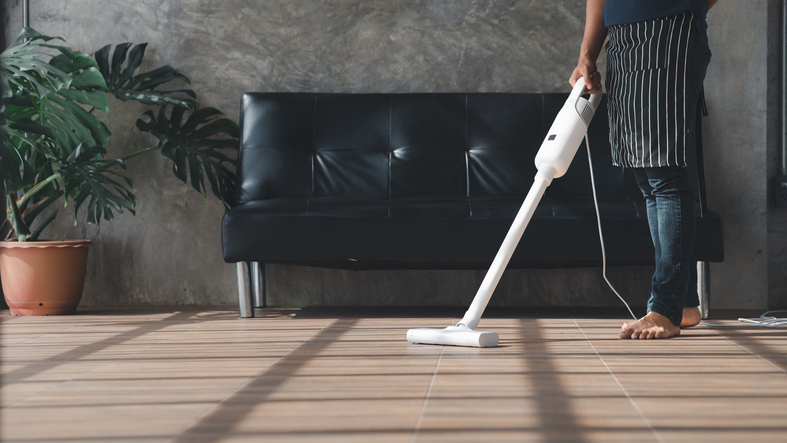
Care and Cleaning
Durability and Maintenance
With regular cleaning, vinyl floors will last years and look beautiful. Keeping the floor dust and dirt free is key; adding doormats by exterior doors can help. Liquid can damage laminate, so minimizing exposure to moisture is crucial. Also, to avoid scratches use furniture pads or rugs to prevent damage from furniture and trim your pet’s nails.
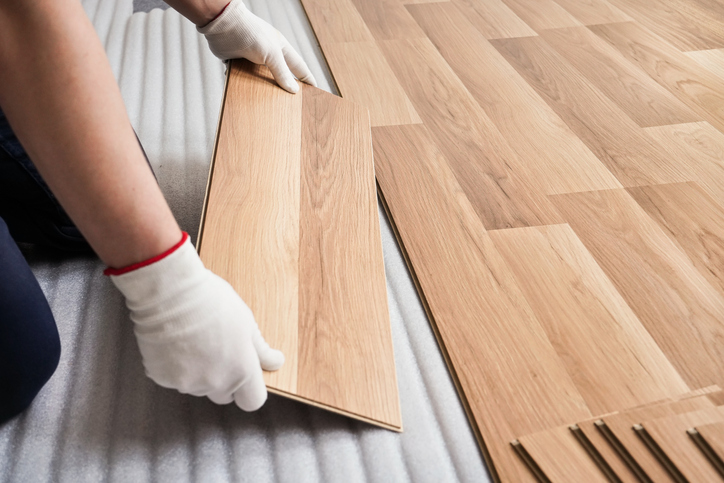
Installation
Most knowledgeable DIYers can install both vinyl and laminate flooring. Vinyl plank requires fewer tools, so it is considered the easiest to install. However, laminate flooring installment includes cutting to size and applying an underlayment to the subfloor, so a professional may be necessary.
Lifespan
Properly maintained vinyl flooring can last up to 25 years, and laminate flooring can last between 15 and 25 years. Lower quality—or thinner—vinyl may not last ten years. And poorly maintained laminate may last only five to 10 years.
Environmental Impact
Laminate and vinyl are typically not considered to be very environmentally friendly. However, finding eco-friendly vinyl and laminate is possible if you know what to look for. Some laminate flooring is made from wood by-products and plastic; this type of flooring is known as WPC or Wood Plastic Composite and may contain recycled materials. The plastics within laminate and vinyl can release VOCs after installation, which can be harmful, especially to those with respiratory conditions. These products are hard to recycle, aren’t biodegradable, and may not be your best option if you’re looking for environmentally-friendly flooring. However, there are now some vinyl and laminate flooring made with no or low-VOC plastic.
Stain Resistance
High-quality laminate and vinyl flooring do a fantastic job of resisting stains. Laminate will not hold stains and most can be cleaned with a damp cloth. Most styles of vinyl include a protective layer that will not stain if treated immediately.
Resale Value
Both quality vinyl and laminate flooring will not turn off prospective home buyers, but they also don’t command the value of solid hardwood, natural stone, or ceramic tile. Vinyl flooring may carry a slightly lower resale value than laminate.
Top Brands
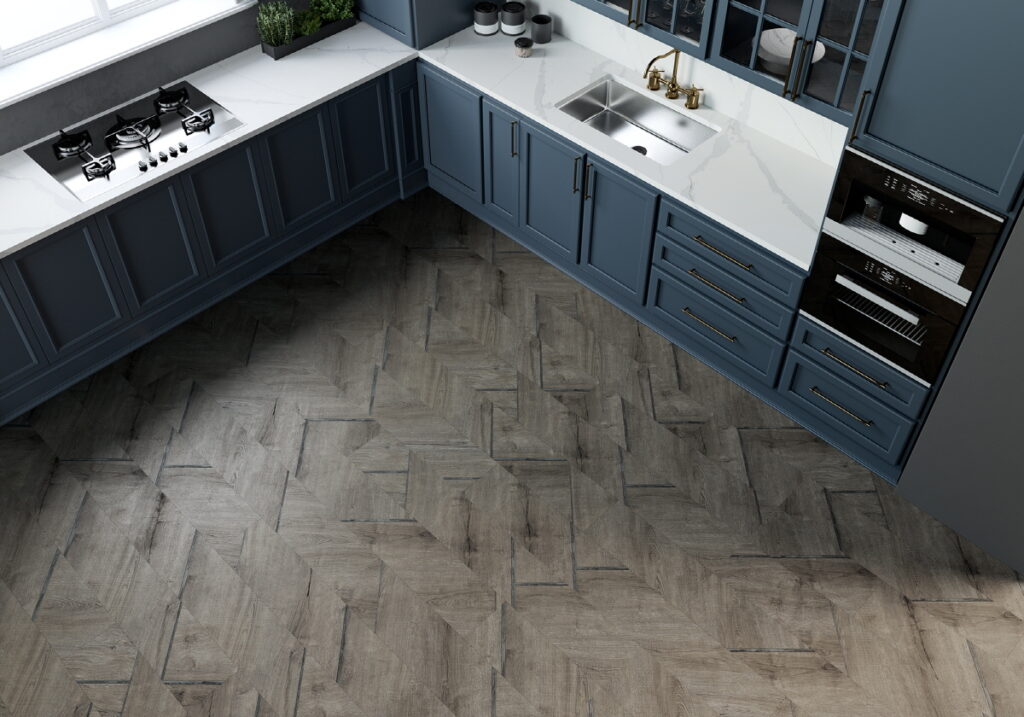
There are dozens of high quality vinyl flooring manufacturers, including LX Hausys, Armstrong, CoreTEC, Mannington, Metroflor, Cryntel and others. Mohawk, AquaGuard, Arostong, Pergo, and Shaw are top producers for laminate flooring.
Contact Us
LX Hausys’ luxury vinyl HFLOR brand offers incredible freedom and creativity both in terms of design capabilities and installation methods. We’d be happy to help you find the ideal vinyl flooring for your project. Contact our experts by filling out a brief form, and someone will respond to you quickly.

